
Staircases, Doors and Fireplaces
Hidden in plain sight - a the furnishings of Camden Place
The Case of the Moving Staircase
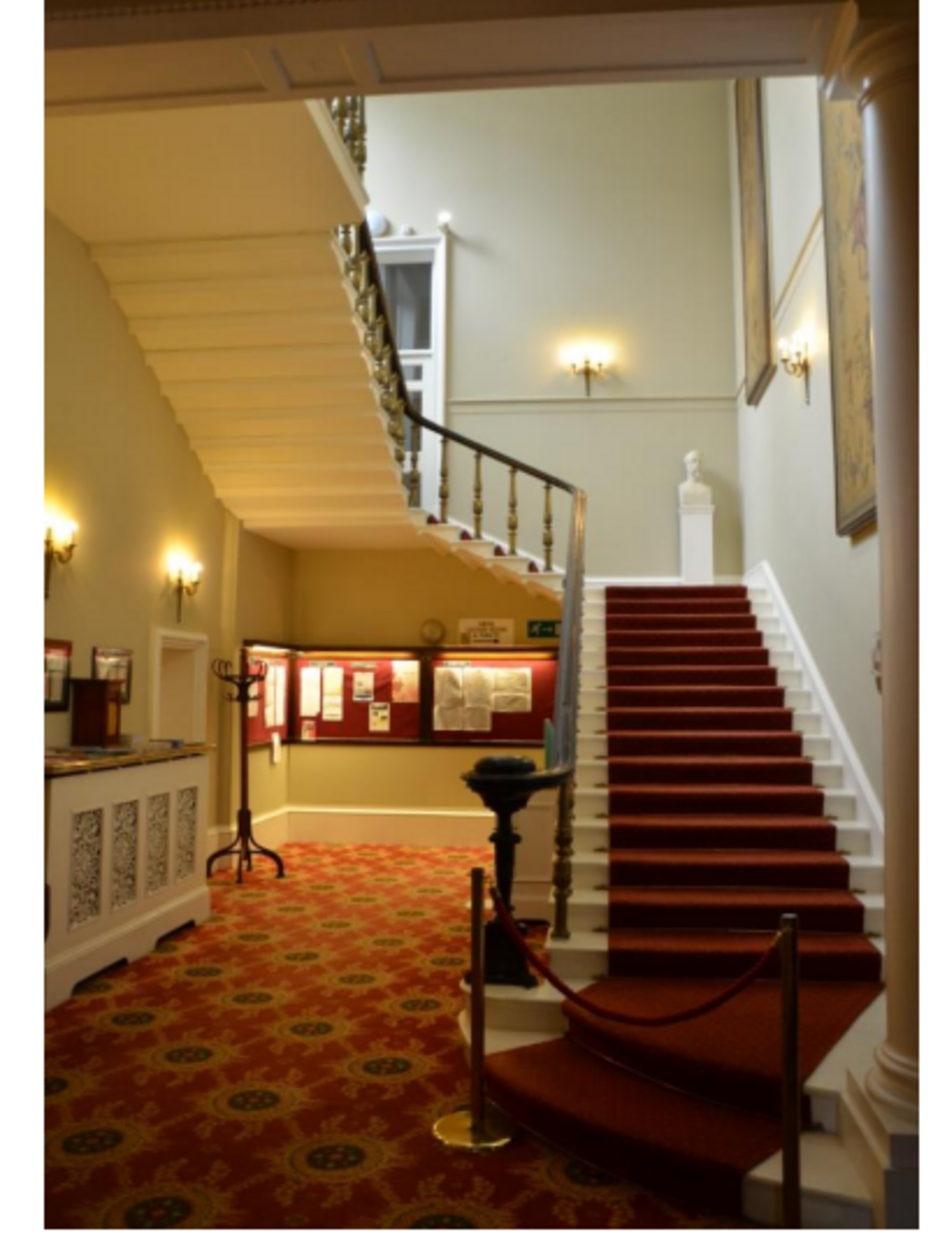
The principal staircase seems to have been remodelled in the 1860s by Strode but perhaps reutilising and possibly relocating the original stone treads created by George Dance for Thomson Bonar in 1807, while adding a new balustrade.
It occupies the area built in 1780 by Dance as a kitchen for Lord Camden.
Below is the description of the stairs made by Dr Lee Prosser.
‘From the axial hall, a monumental stone cantilevered staircase gives access to the first floor via a half-pace landing, returning again to a longer upper landing along the south wall to the west.
This has shaped ends with scrolled brackets, and is elegantly moulded to the soffit, though the lower flight, most probably once open, has been underbuilt.
The stonework is now painted, but would have originally been left as exposed Portland stone.
Photographs taken in the 1960s show it in this state until recent decades.
The base has two heavy curtail treads, allowing a monumental turn for the final steps. The balustrade comprises a single cast brass baluster on each tread with a veneered handrail in ebony or ebonised wood over a pine carcass.
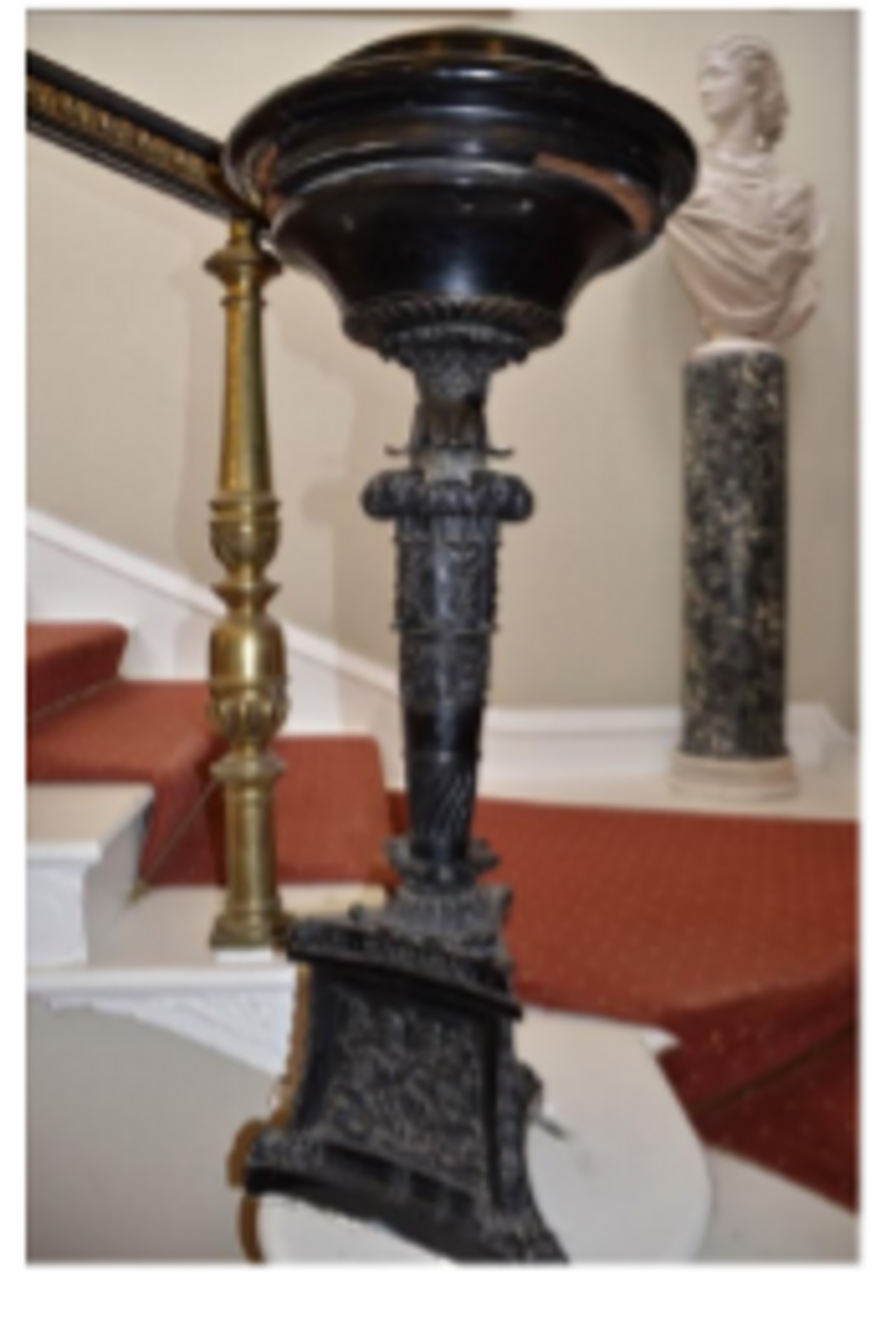
The base newel is completely incongruous and appears to be a reused candelabrum in early 16th century Renaissance style, in bronze.
It has a triangular base with floral decoration of stylised honeysuckle to the shaft. The upper, flared part, constructed of ebonised veneers over a timber base is probably a later modification to take the curtail and upper boss of the handrail.
If it is a candlestick, it would originally have been taller .
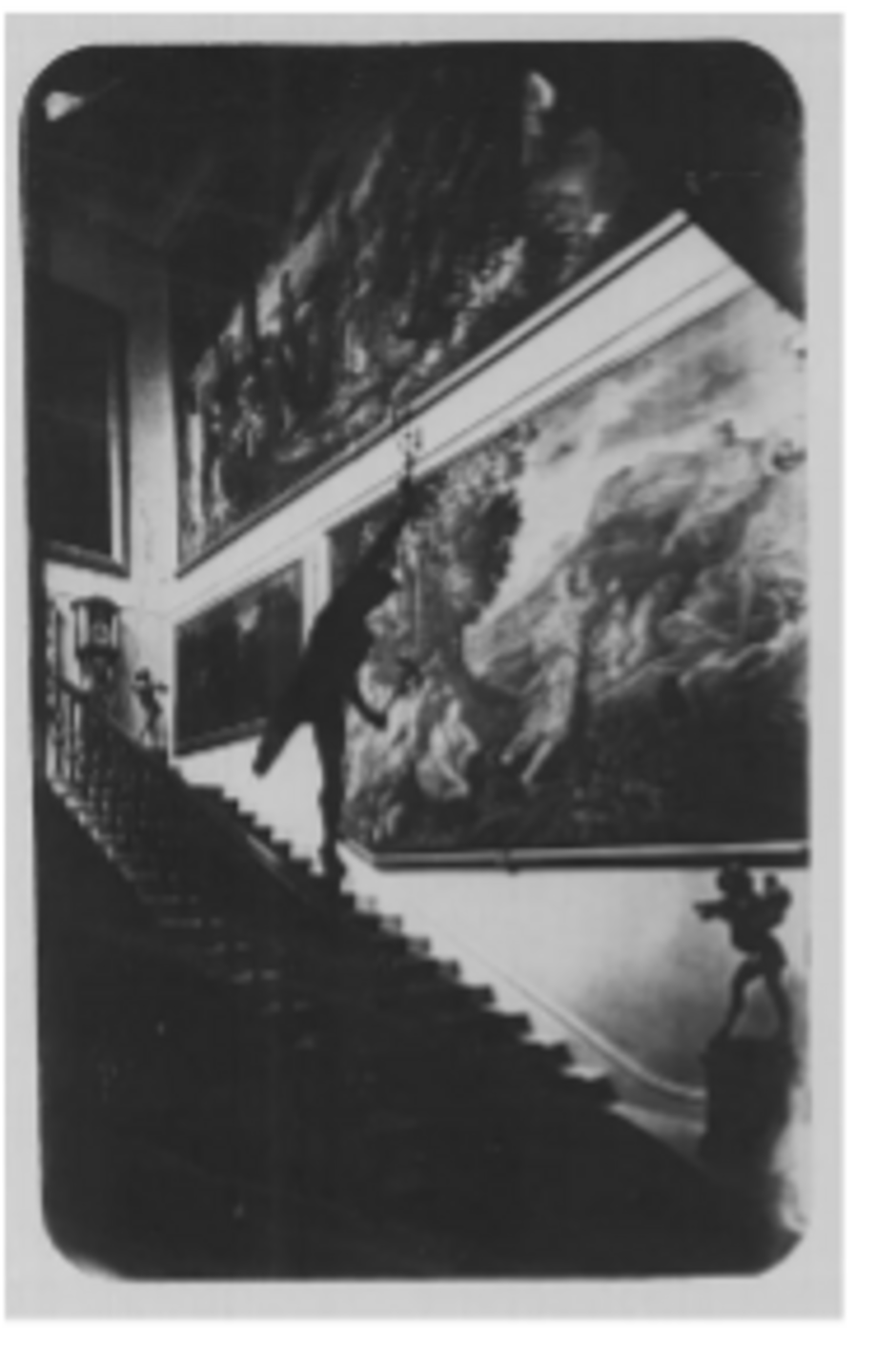
In this old image of the staircase it can just be seen that there may have been a statue of Mercury based on this triangular base.
The ceiling of the staircase is notable as it retains a framed elliptical canvas portraying Leda and the Swan, after the style of Boucher. It retains its plaster frame.
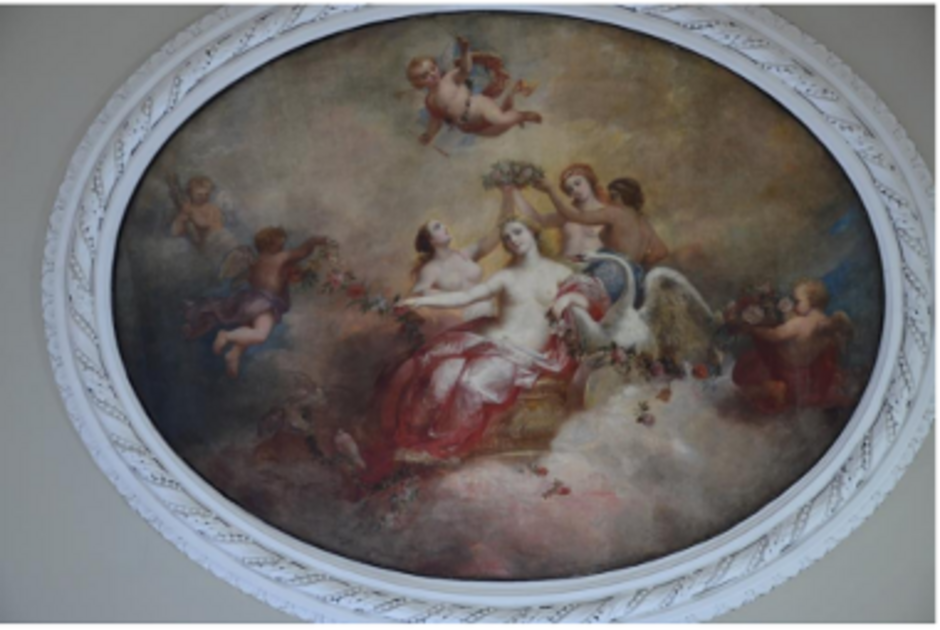
The Camden Place Snooker Room - a place for a wood turning Emperor
The snooker room occupies the former dining room constructed by George Dance junior for Thomson Bonar or possibly William Lushington who seems to have rented and then briefly owned the house.
It was extensively remodelled for Nathaniel Strode.
He turned the old Camden Place sitting room into a smoking room and converted the dining room into a billiard room.
It seems that Napoleon was not a particularly keen snooker player but he used this room when the weather or his health was particularly bad to turn wood. His lathe was set up in front of the large window with views down the long, lime tree lined drive.
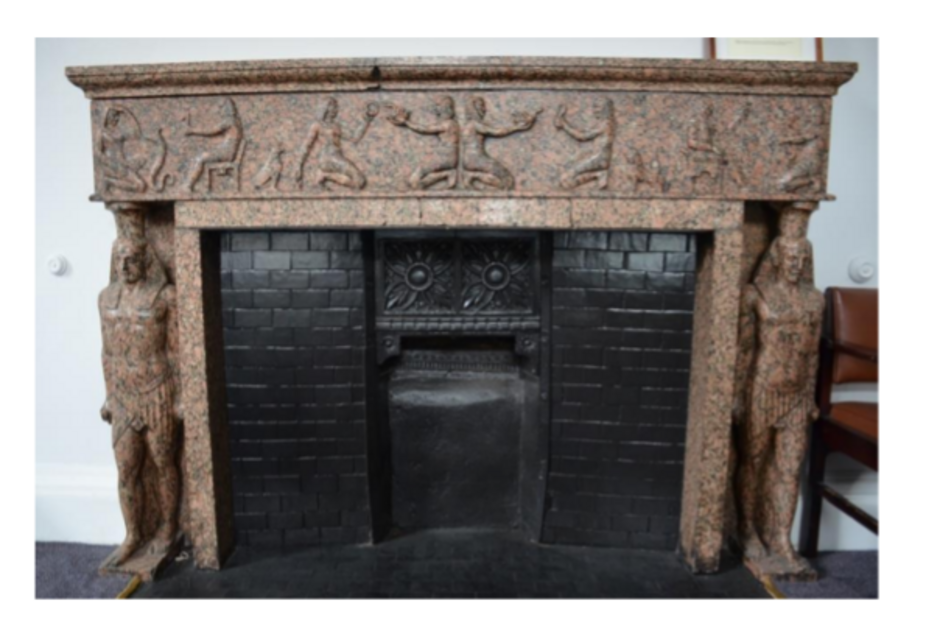
The fireplace is unusual because it is in Egyptian style, leading to suggestions that it was given to Empress Eugenie on the occasion of her opening the Suez Canal. But this is likely to be an urban myth.
There is no clear explanation of how can such a bulky architectural element have been transported from Paris when the empress fled without so much as a pocket handkerchief! Nor does it explain why such an important piece would not have been taken to Farnborough when Eugenie moved there.
The full story of the fireplace remains to be told, but it is an unusual architectural embellishment and very rare.
Pevsner asked the question, whether this fireplace was by George Dance. It comprises a lintel with embellished frieze supported by two outer, standing pharaonic figures. An inner lintel and slips have been added in similar material, presumably to provide further strength. The material is pink granite and not porphyry as has been written elsewhere and it remains to be established as to whether this is Scottish or Cornish granite (most likely), or Egyptian granite, which would pose many new questions.
The decoration, all in Egyptian style, is nonetheless clearly 19th century in form. The frieze depicts various kneeling figures making offerings, with various small animals such as a hawk and snakes, all in a symmetrical composition.
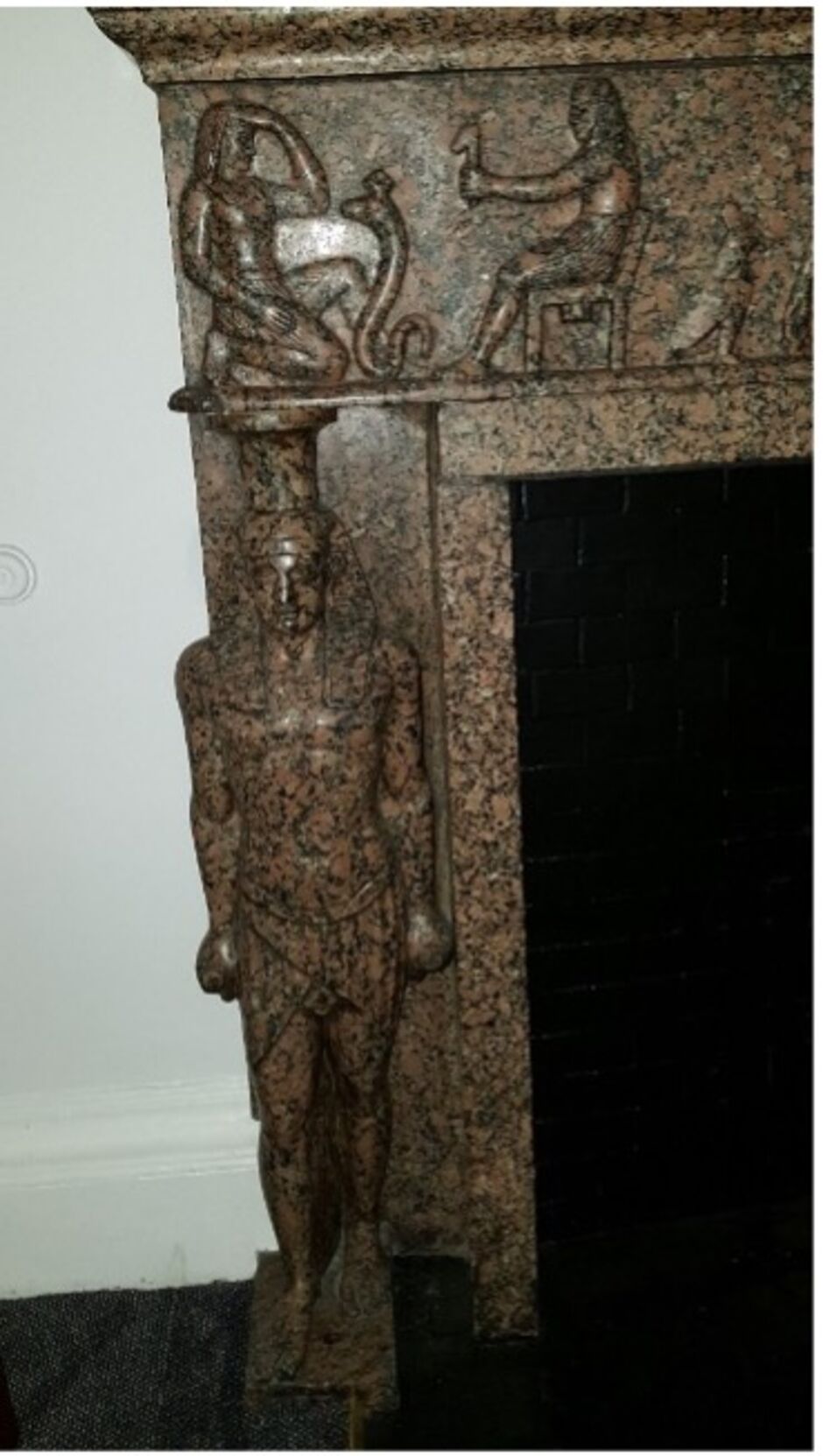
The fire grate, now only fragmentary, is 1860s or ‘70s, with outer ceramic slips, now painted, and too small for such a grand fireplace.
The context Egyptomania took hold in the wake of Napoleon’s expedition to Egypt, and several interiors were created in the early 19th century in the Egyptian style, though they are today very rare. We have no hint of an Egyptian interior in the 1794 inventory of the house.
The designs are reminiscent of Piranesi, who published prints of fantastical Egyptian designs. Yet compare the form of the fireplace, especially the standing figure, with a design by the French interior designer Dugourc, which is illustrated below:
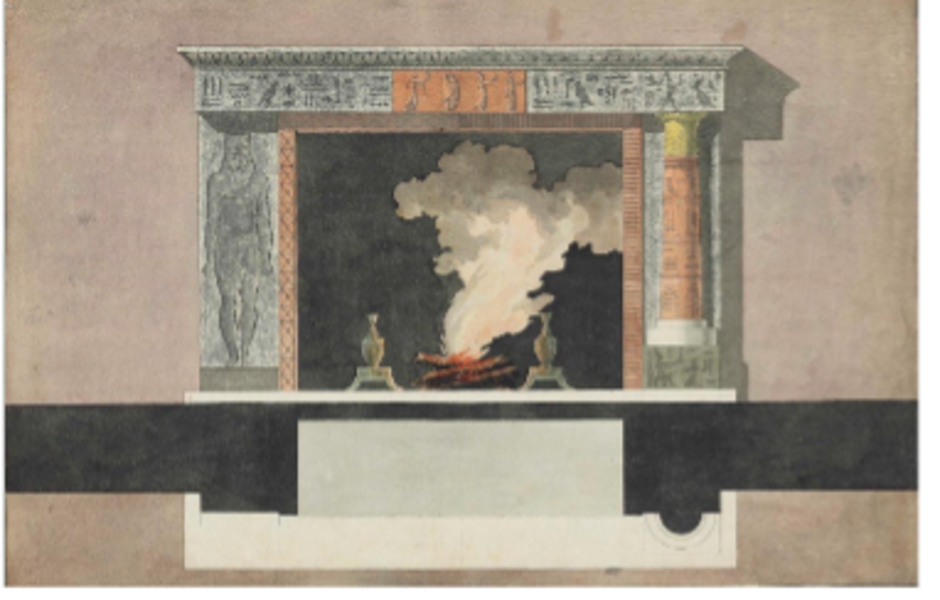
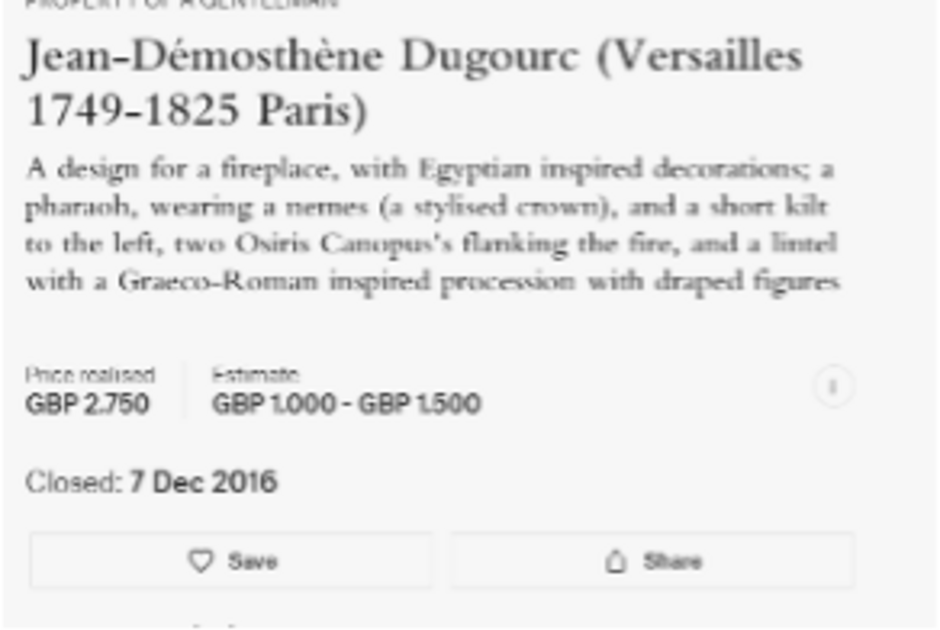
Jean-Démosthène Dugorc (1749-1825) was a designer linked to the household of the Duc d’Orleans, who showed great versatility in different styles. The above drawing was offered for sale at Christies in 2016. While there are many affinities with the Billiards Room fireplace, the comparison offers a starting point for further research on the subject. It fetched £2,750.
The Mystery of the Internal Doors and Missing WIndows
A pair of doors of French style linked the smoking room to the billiard room. These doors are heavier than those from the Château de Bercy, but they may well still be from there.
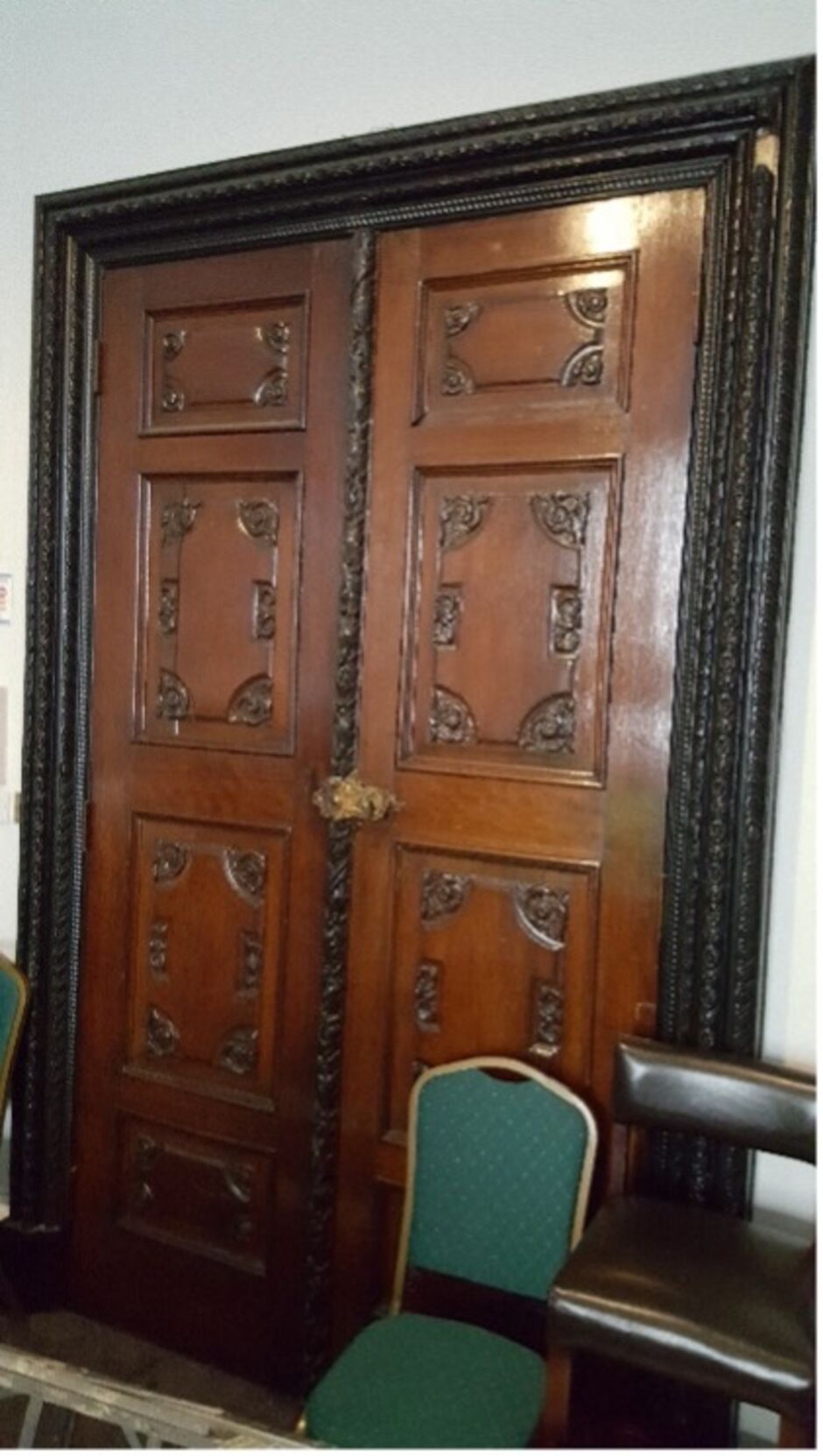
There s intricate beading/architrave around the double doors and a rococo style lock has been added to the doors at some time.
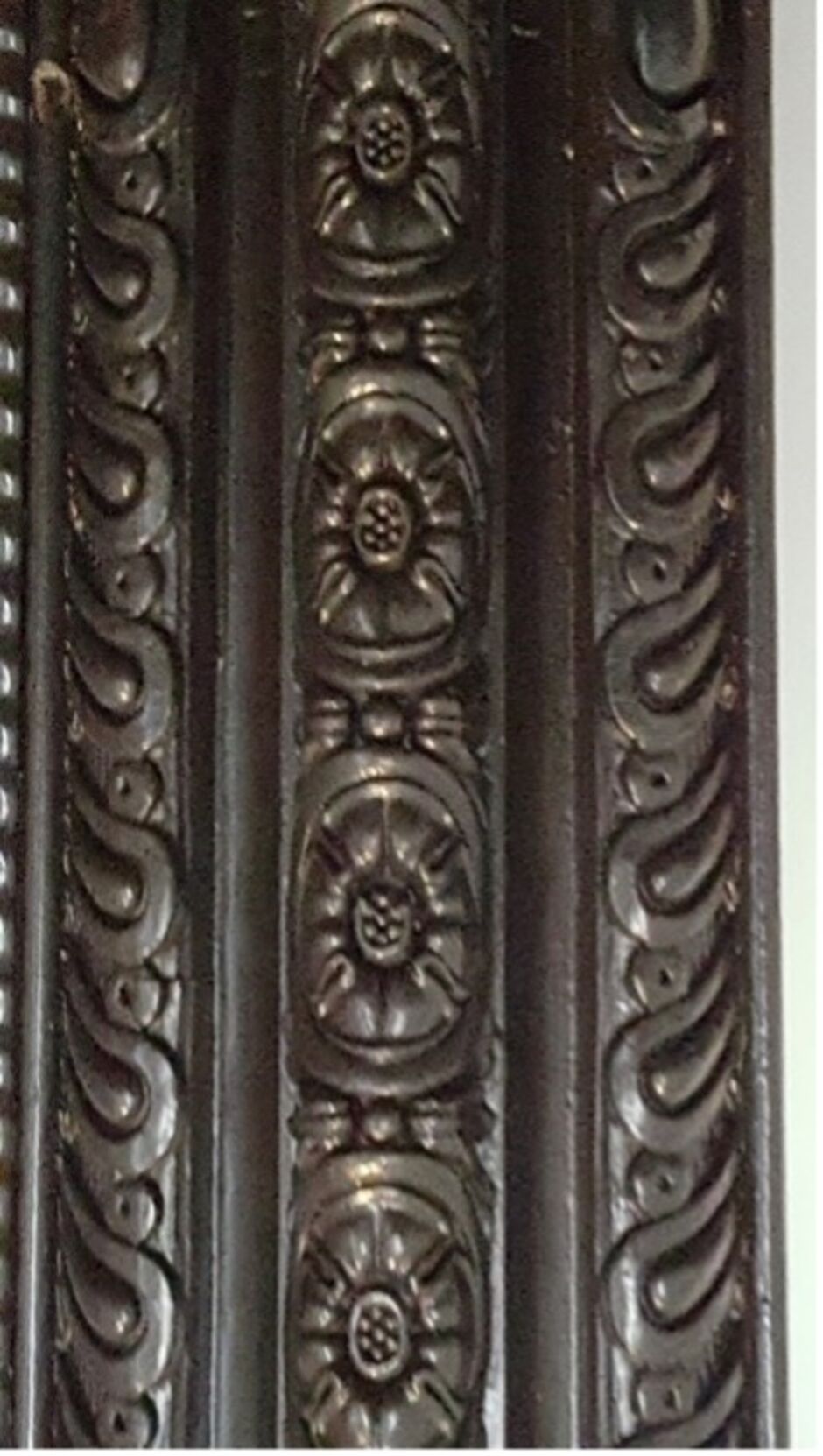
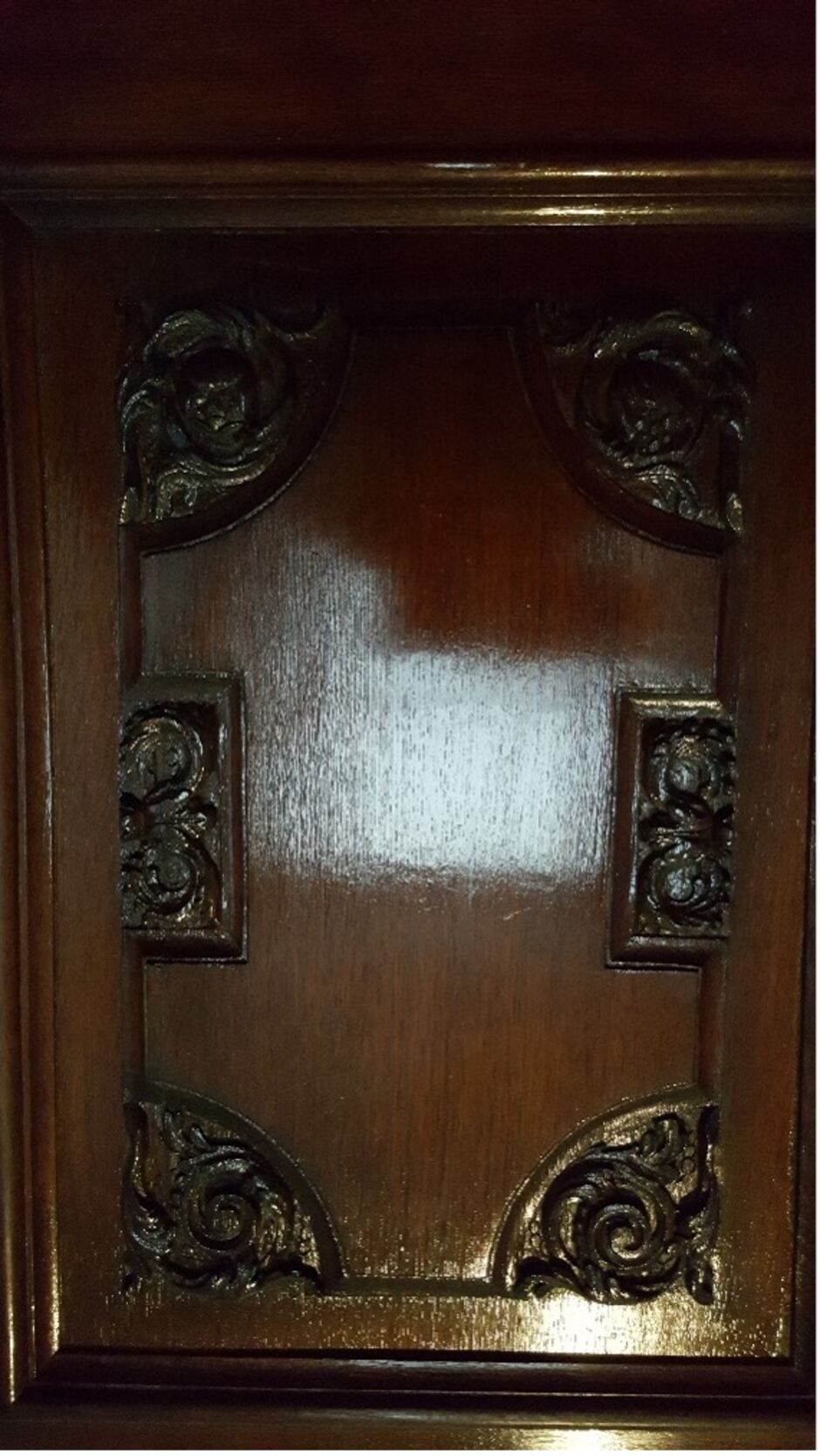
And finally... If you visit the house make a note of the number of windows in the snooker room. Three on the outside, matching the dining room wing become one on the inside – presumably this was designed by Dance for reasons still unknown!














